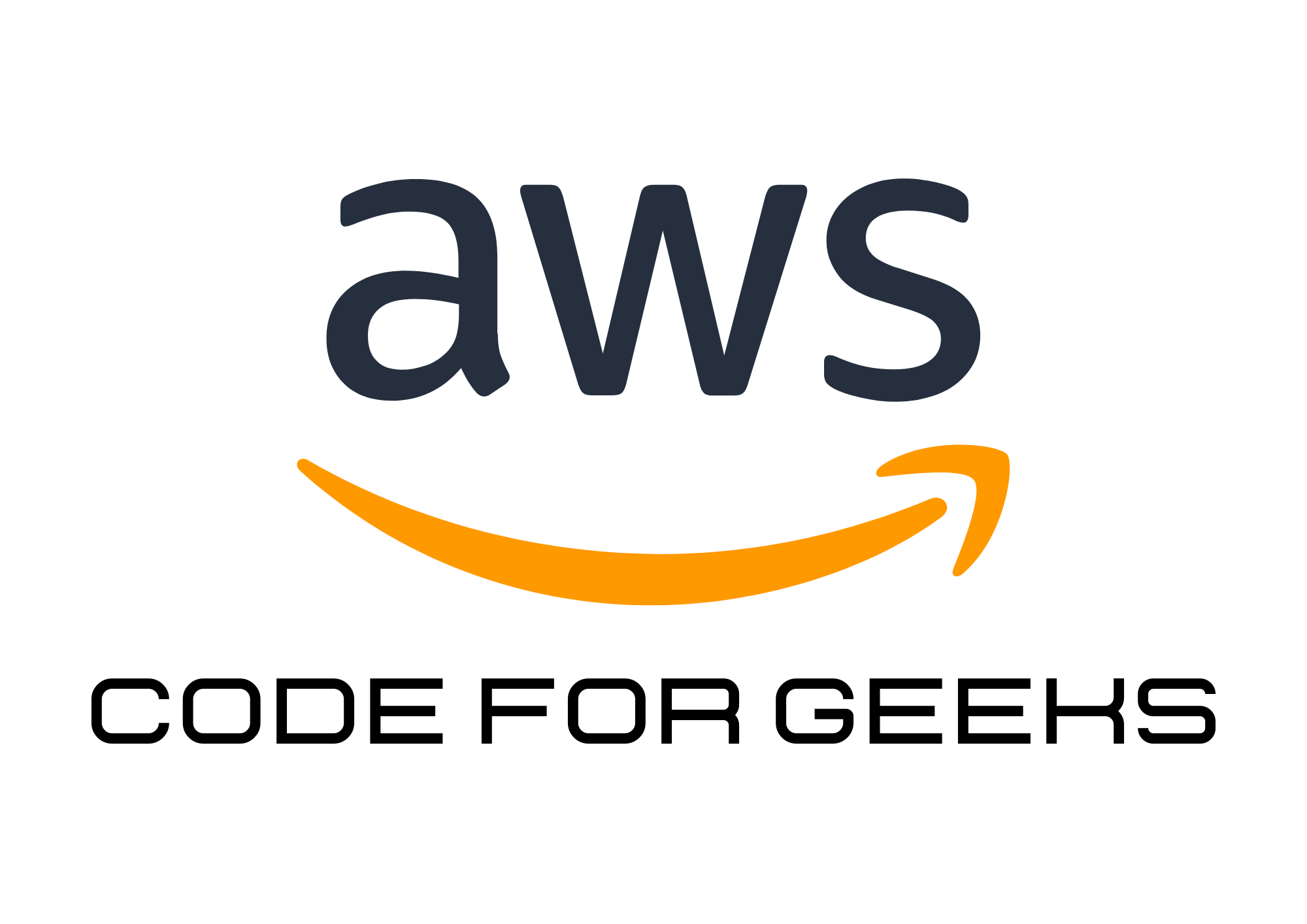Let’s Talk About Free Stuff
Who doesn’t love free stuff? When you’re diving into the world of AWS for the first time, the AWS Free Tier is like a golden ticket—it gives you access to dozens of AWS services for free, so you can learn, experiment, and even build real-world projects without spending a dime.
But let’s be real: nothing’s truly free forever. The Free Tier has limits, and the key is to understand what’s included and how to use it wisely. Let me walk you through everything you need to know.
What is the AWS Free Tier?
The AWS Free Tier is Amazon’s way of giving you a head start. It’s divided into three categories:
- Always Free
These services are free forever, with certain usage limits. For example:- AWS Lambda: 1 million requests per month.
- Amazon DynamoDB: 25 GB of storage.
- 12-Month Free
When you first sign up for AWS, you get a year of free access to services like:- EC2: 750 hours of t2.micro or t3.micro instance usage per month.
- S3: 5 GB of standard storage.
- RDS: 750 hours of database usage.
- Trials
Some services offer free trials for a limited time, like Amazon SageMaker Studio Lab for experimenting with machine learning.
Why You Should Care
The AWS Free Tier is perfect for:
- Beginners: Learn cloud computing without worrying about costs.
- Students: Build projects for class without draining your budget.
- Startups: Test ideas and build prototypes before committing to a paid plan.
Getting Started: A Step-by-Step Guide
- Create an AWS Account
- Go to AWS Signup and create an account.
- Note: You’ll need a credit or debit card, but don’t panic—you won’t be charged as long as you stay within Free Tier limits.
- Explore the AWS Management Console
- Once you log in, the console might look overwhelming. Don’t worry! Start small—focus on services like EC2, S3, or Lambda.
- Launch Your First EC2 Instance
- Go to EC2 in the console, and launch a t2.micro instance. This is covered under the Free Tier for up to 750 hours/month.
- Experiment with S3
- Create a bucket and upload files. You get 5 GB of storage for free—perfect for testing or learning how cloud storage works.
Use Case: Build a Free Website
Let’s say you want to host a simple personal website.
- Step 1: Use Amazon S3 to store your website’s static files (HTML, CSS, and images).
- Step 2: Use Amazon CloudFront (free for up to 1 TB of data transfer) to speed up delivery.
- Step 3: Add a custom domain with Route 53 (not free but affordable).
In just a few clicks, you’ve got a website running on the cloud—for free (or close to it).
Be Careful: Avoid Unexpected Charges
The Free Tier is generous, but it’s not unlimited. Here’s how to avoid surprises:
- Track Your Usage
Use AWS Billing and Cost Management to monitor your usage and ensure you stay within Free Tier limits. - Set Up Budgets
Create a budget in AWS Budgets and set an alert to notify you if you’re nearing a cost threshold. - Clean Up Resources
Always delete resources when you’re done. For example:- Stop EC2 instances.
- Delete S3 buckets and files.
What Can You Build with the Free Tier?
Here are some fun project ideas:
- Deploy a Blog: Use EC2 to host a WordPress site.
- Create a Chatbot: Use AWS Lambda and Amazon Lex.
- Analyze Data: Use AWS Glue and Athena to query data stored in S3.
These are just starting points—AWS has so many services you can explore.
Conclusion: Start Small, Dream Big
The AWS Free Tier is your playground. It’s perfect for dipping your toes into cloud computing, building small projects, or just experimenting with cutting-edge technologies. The best part? You don’t need a huge budget to get started.
So, what’s your first AWS project going to be? Dive in and see where the cloud takes you.

